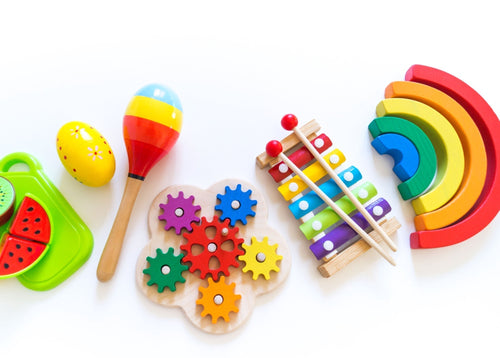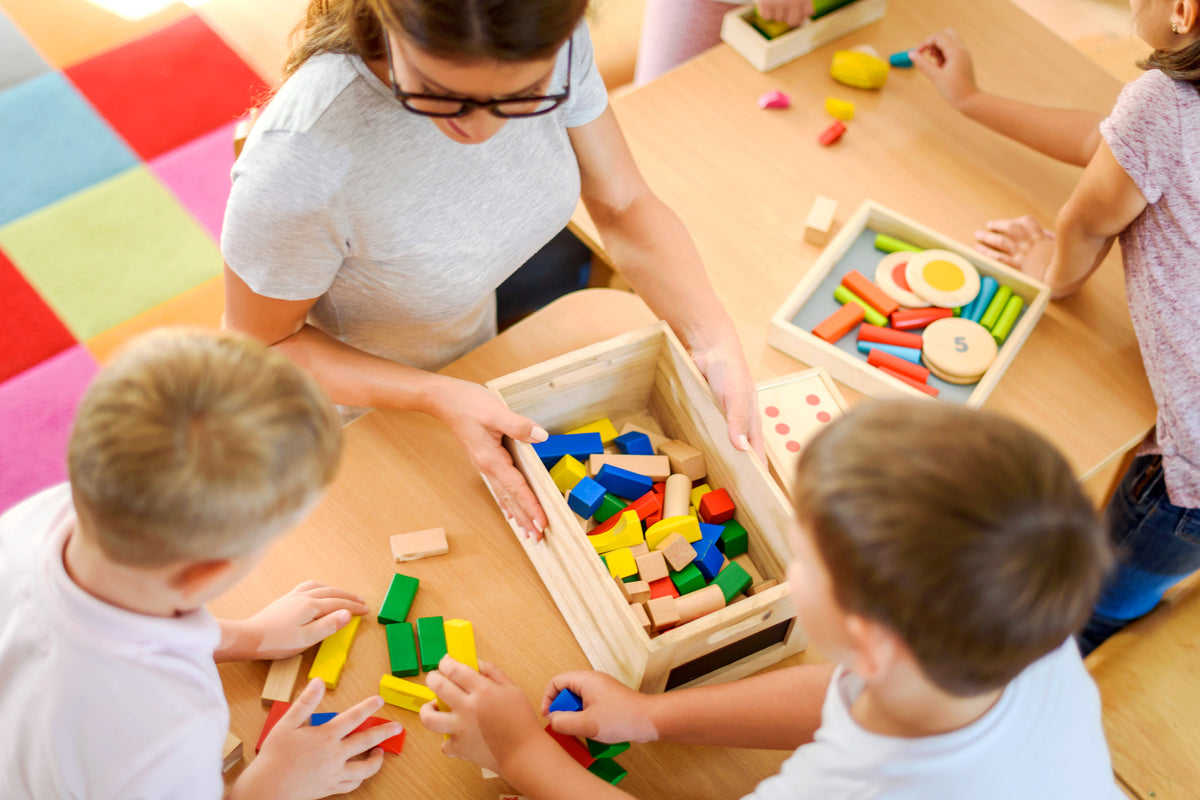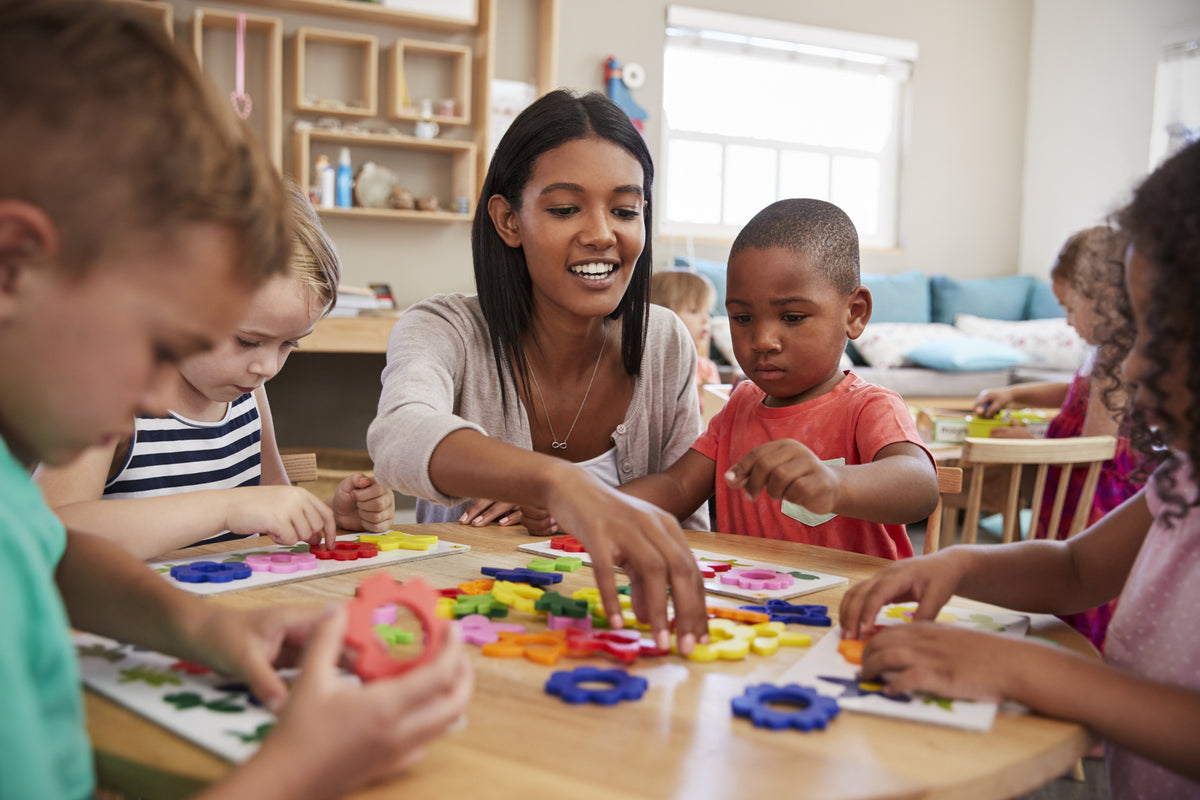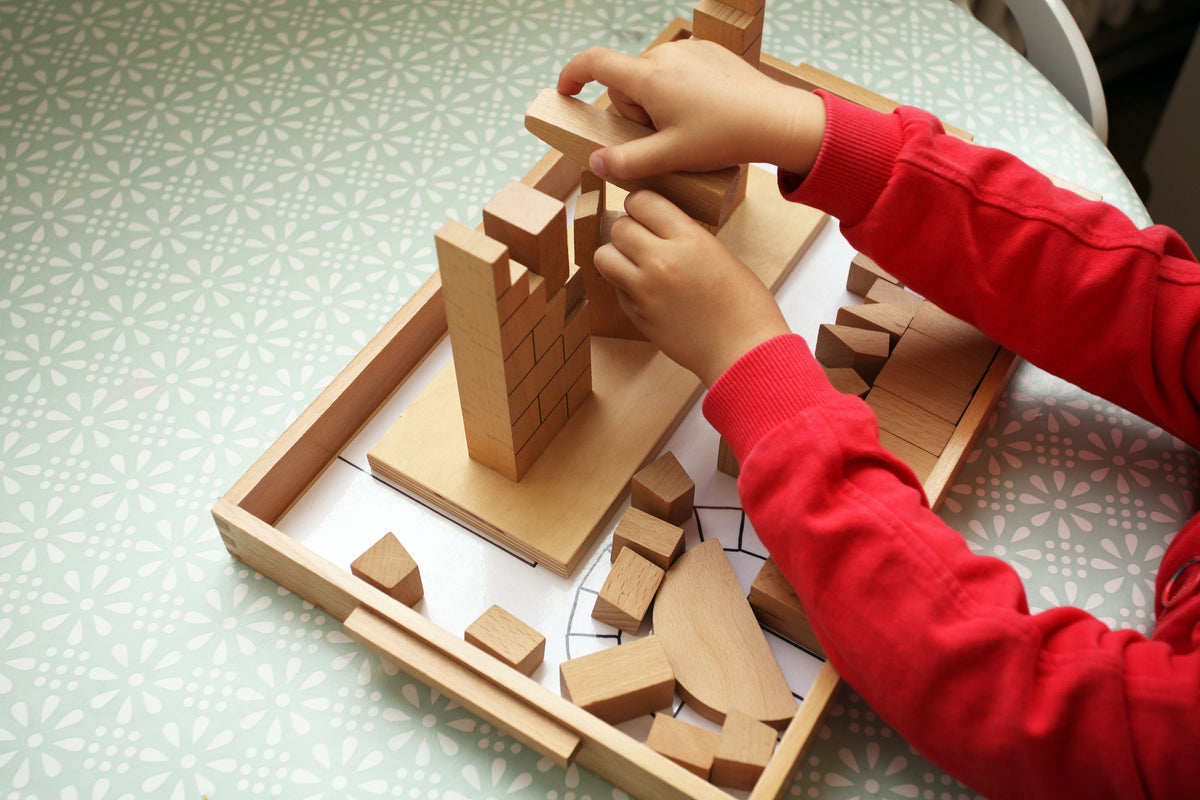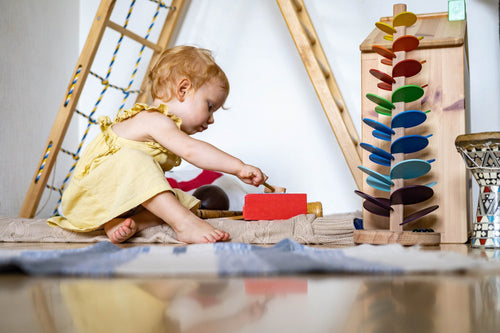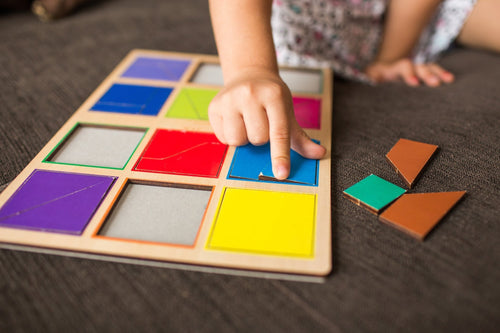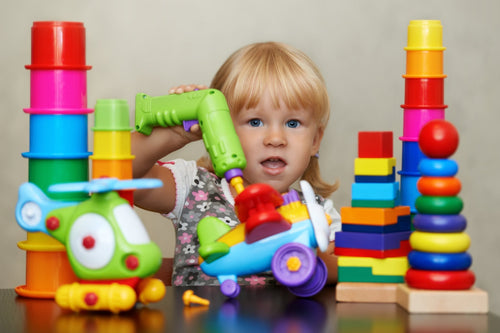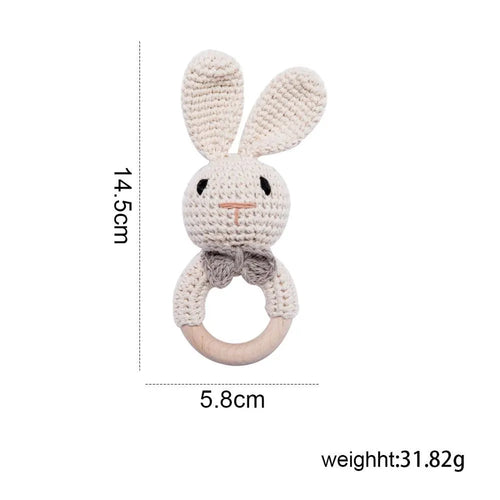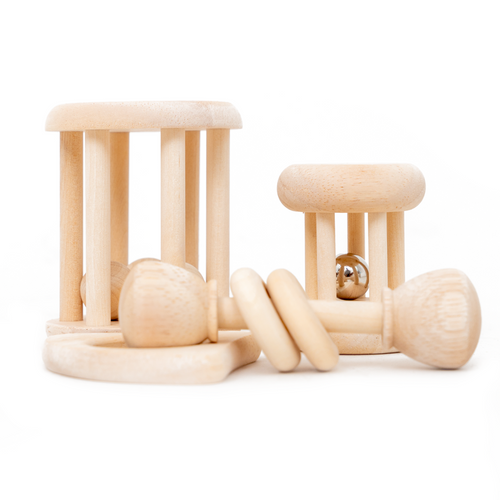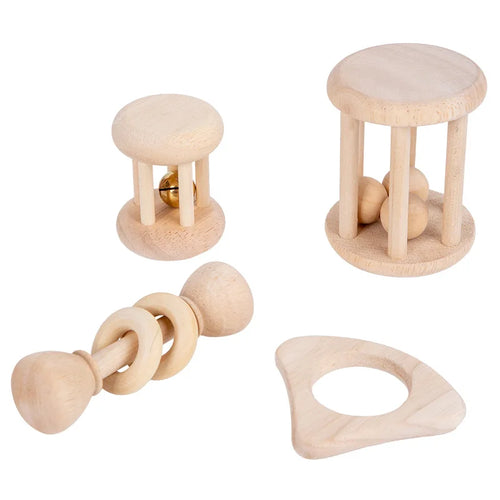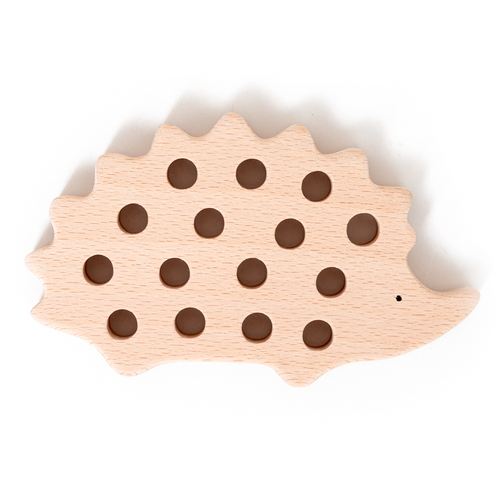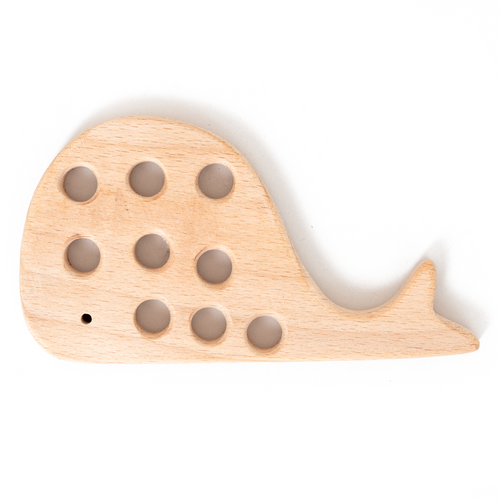Quick picks (overload-friendly):
- Deep pressure: small weighted plush (short, supervised use), stretchy resistance band anchored at midline.
- Oral-motor: medical-grade chew necklace/chew stick with firm-but-safe resistance.
- Quiet fidget: soft putty, marble-in-mesh, silent spinner; avoid clickers in public.
- Slow visual: liquid motion bubbler or glitter bottle (30–90 sec fall time).
- Rhythm: hand drum/beat sticks for steady beat; or metronome app at ~60–80 bpm (headphones optional).
What is sensory overload—and why is autism more sensitive to it?
Short answer: Sensory overload happens when input (sound, light, touch, crowds) exceeds what the nervous system can process right now. Many autistic people experience differences in sensory processing (hyper- or hypo-sensitivity). The brain prioritizes safety; if input feels “too much,” fight/flight/freeze behaviors can appear (covering ears, bolting, shutting down). Toys that deliver predictable, regulating input can reduce the total “load,” giving the brain space to settle.
Common triggers: hand dryers, echoey cafeterias, unexpected touch in lines, flickering LED lighting, strong smells, layered noise (music + crowd + announcements). Signs vary: some children pace or seek pressure, others withdraw, some show sudden irritability, or “lose” speech temporarily. None of these are misbehavior; they are the body’s SOS.
Unique angle (vs. our other sensory articles): here we focus on relief during and around overload—not a general sensory menu and not age-band shopping lists. The goal is a small, evidence-informed toolkit and a routine that a child can learn and trust.
Sources (section): CDC autism overview cdc.gov; National Autistic Society—sensory differences autism.org.uk; Autistica—meltdown & shutdown guide autistica.org.uk.
How do sensory toys calm the nervous system for autistic children?
Direct answer: The most helpful toys offer input that the child’s system frequently seeks: proprioception (pressure to muscles/joints), vestibular (movement/balance), tactile (predictable textures), oral-motor (safe chewing/sucking), and visual rhythm (slow, repetitive motion). These inputs can down-shift arousal and support co-regulation when an adult stays nearby and models a calm routine.
- Proprioception/“heavy work”: squeezing putty, hugging a small weighted plush, pushing hands into a therapy band, or carrying a few books to a shelf; many children show steadier breathing and longer on-task time after short, repeated bouts.
- Oral-motor: chewing redirects oral seeking from sleeves/fingers to safe tools and can lower anxiety for some kids; choose FDA-compliant materials and resistance levels that match the child’s preference.
- Visual rhythm: liquid timers and glitter bottles create predictable, low-frequency motion that invites quiet focus (30–90 seconds). This “visual metronome” can cue slower breathing.
- Tactile: consistent, non-scratchy textures (soft fabric squares, smooth stones, “rough/smooth” grading boards) can be regulating. Avoid surprise textures during overload.
Evidence snapshot: Occupational therapy practice guidelines suggest proprioceptive input (“heavy work”) can support regulation in children with sensory processing differences; studies on classroom fidgets show benefit when the tool matches the child’s sensory need and is introduced with clear expectations (quiet, purposeful use).
Sources (section): AOTA practice perspectives on sensory processing (parent summary) aota.org; AAP—sensory integration therapies position (family-facing summary) healthychildren.org; Research overview of fidgets & attention (classroom) springer.com.
Which sensory toys work best for overload relief—and how do I present them?
Direct answer: Pick one toy per sensory “lane,” teach it when calm, then pack a tiny “calm kit.” Use the same order every time so the body recognizes the routine before language catches up.
1) Deep pressure & resistance
- Weighted plush (1–2 kg or as appropriate for size): place on lap/shoulders for short, supervised intervals; pair with slow breaths you count on fingers.
- Stretch band at midline: looped around a fixed point; child presses hands out and in 5–10 times; keep pace slow and symmetrical.
Teach it: “Squeeze, then rest.” Two rounds, pause, then check face and breathing. If calmer, offer the next tool; if not, reduce load or switch lanes (e.g., chew).
2) Oral-motor & safe chewing
- Chew necklace or handheld chew: match firmness to preference (soft → firm). Attach with safety breakaway; clean daily.
- Silicone straw cup: slow sips can cue parasympathetic relaxation and support breath pacing.
3) Quiet fidgets (no clicks)
- Marble-in-mesh, soft putty, velvet swatches: repetitive, tactile motions without noise. Avoid items that shed/leave residue during trips.
4) Slow visual
- Liquid timers/glitter bottles: choose high-contrast glitter or large “bubbles.” Agree on “watch for two falls,” then decide together: stay or step away.
5) Rhythm & beat
- Hand drum/beat sticks: 8–16 slow beats together. For public spaces, silently tap hands on knees.
Mini routine (2–4 minutes total): squeeze → chew → watch glitter fall → beat/tap together → exit/transition. Keep language sparse; rely on gestures and the order itself.
Sources (section): AAP—weighted products & safety considerations (parent advice) healthychildren.org; Autism Focused Intervention Resources & Modules—visual supports & routines afirm.fpg.unc.edu; National Autistic Society—stimming & regulation autism.org.uk.
How do sensory toys support communication and social engagement without pressure?
Direct answer: Regulation comes first. When a child’s body is calmer, joint attention and communication opportunities expand. Use toys to create predictable invitations to connect—two people squeezing putty in rhythm, watching glitter fall together, tapping a beat while making one core request (“more”).
- Co-regulation: sit at the child’s side, match tempo, and model one short phrase (or AAC button) that fits the activity (“more,” “again,” “stop,” “help”).
- Shared routines: count bead squeezes to five together; watch the timer fall twice then decide where to go; add a small choice board (“outside / quiet room”).
- Peer play: choose parallel-friendly tools that don’t require sharing the exact item (each child has their own chew/fidget) to avoid conflict during regulation.
Evidence snapshot: Parent-implemented communication strategies—following the child’s focus, waiting, and modeling simple language—are associated with vocabulary and social gains in autistic toddlers; visual supports and routines increase participation in transitions.
Sources (section): CDC—communication strategies for parents cdc.gov; AFIRM—visual supports, prompting, and social narratives afirm.fpg.unc.edu; Autistic Self Advocacy Network—nothing about us without us (principles for respect) autisticadvocacy.org.
Safety, ethics, and setup: what should I watch for?
Direct answer: Tools should never override consent or comfort. Introduce them when calm, then use the same routine in tough moments. Avoid high-noise gadgets, flashing lights, and messy textures during overload. Supervise weighted items and cords. Keep the environment low-clutter: 2–4 choices visible, others stored.
- Supervision: weighted plush/blankets are for brief, awake use; avoid for infants or sleep. Chew tools need breakaway clasps and daily cleaning.
- Hygiene: assign personal fidgets/chews; label pouches; rotate/clean weekly (or daily for oral-motor).
- Ethics: sensory tools support access and comfort, not compliance. If a tool increases distress, stop and reassess the trigger (noise, fatigue, hunger) before trying again.
Sources (section): AAP—toy safety & choking hazards healthychildren.org; US Consumer Product Safety Commission—toy safety center cpsc.gov.
Build a portable Calm Kit for meltdowns and transitions
Direct answer: Pack one item per sensory lane in a small pouch and practice the routine daily for 2–3 minutes when everyone is calm. During a spike, you won’t be negotiating—you’ll be following a memory your child’s body already knows.
Home version (basket on a shelf)
- Weighted plush (lap), chew tool, soft putty, glitter timer, breath/choice cards.
- Routine card with 4 pictures: Squeeze → Chew → Watch → Decide.
School version (teacher-approved)
- Personal fidget, chew with case, laminated breath card, mini liquid timer.
- Agreement with teacher: hand signal to request kit; quiet space to use it.
On-the-go version
- Small pouch: chew, marble-mesh fidget, tiny glitter bottle, foldable ear defenders.
- Practice in the car before busy places; set a clear exit plan (“two glitter falls then we go outside”).
Troubleshooting: If the kit starts to become a toy bag, restrict to calm spaces and short windows; keep “play” fidgets separate from “regulation” fidgets to protect the routine.
Sources (section): AFIRM—transition supports & reinforcement afirm.fpg.unc.edu; National Autistic Society—reasonable adjustments in public/school autism.org.uk.
Related TinyLearns guides
- The Complete Guide to Sensory Toys (definitions & science)
- Best Sensory Toys for ADHD (focus & school supports)
- Sensory Play at Home (DIY, low-cost setups)
- Sensory Breaks Explained (reset & routine building)
FAQ: Sensory toys for autism & overload
What’s the fastest item to reach for during overload?
Usually a familiar deep-pressure or oral-motor tool: a small weighted plush on the lap or a chew tool. Pair with a short visual (glitter fall) and a practiced exit plan.
Are weighted products safe?
Use briefly, while awake, and under supervision. Avoid for infants or sleep. If your child has medical concerns, ask your clinician/OT first.
Do fidgets help at school?
They can—if quiet, purposeful, and matched to the sensory need. Agree on rules with the teacher (when/where, how to ask). Keep one fidget per child for hygiene.
What if my child ignores the calm kit?
Rehearse in calm moments, shorten the sequence, and ensure tools truly match your child’s seeking (pressure vs. oral vs. visual). Less is more—2 tools used well beat 6 tools ignored.
Sources & further reading
- Centers for Disease Control and Prevention — Autism: https://www.cdc.gov/ncbddd/autism/facts.html
- American Academy of Pediatrics — Sensory Integration Therapies: https://www.healthychildren.org/English/health-issues/conditions/developmental-disabilities/Pages/Sensory-Integration-Therapies.aspx
- US Consumer Product Safety Commission — Toy Safety: https://www.cpsc.gov/Safety-Education/Safety-Education-Centers/Toy-Safety
- National Autistic Society — Sensory Differences: https://www.autism.org.uk/advice-and-guidance/topics/sensory-differences
- Autistica — Sensory Differences & Meltdowns: https://www.autistica.org.uk/what-is-autism/sensory-differences
- AFIRM (UNC) — Evidence-based Practices & Visual Supports: https://afirm.fpg.unc.edu
- HealthyChildren (AAP) — Weighted Items Safety: https://www.healthychildren.org/English/health-issues/conditions/chest-lung/Pages/Weighted-Blankets-and-Other-Items-What-Parents-Need-to-Know.aspx
- Harvard Center on the Developing Child — Executive Function (for regulation context): https://developingchild.harvard.edu/science/key-concepts/executive-function/

